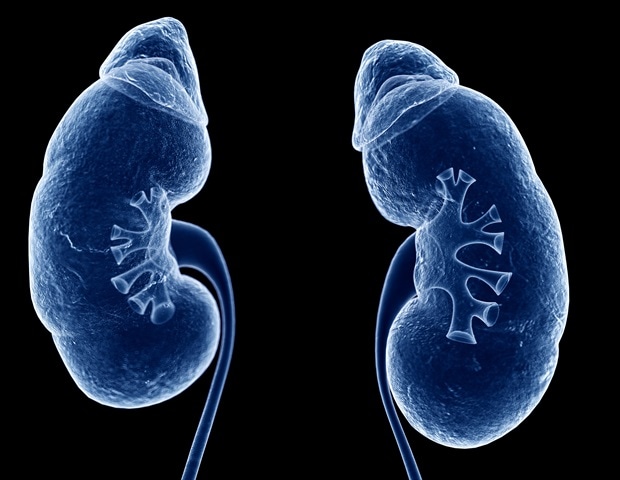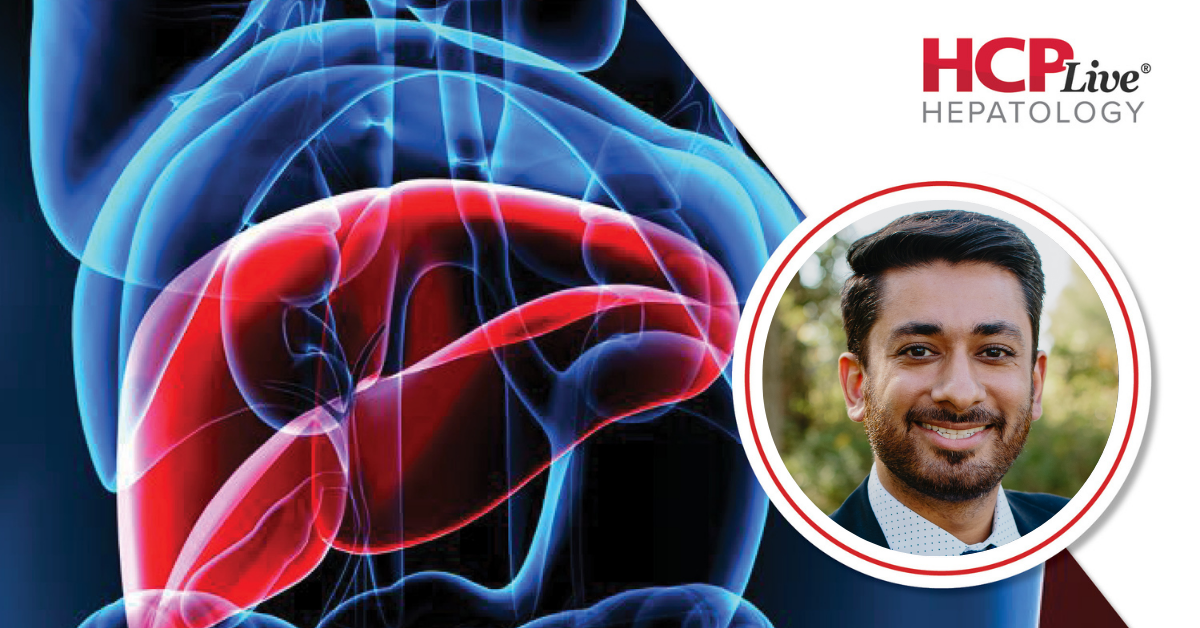Are guns the leading cause of death for children in the US? – The Colorado Sun

Report on Child and Adolescent Firearm Mortality in the United States and its Implications for Sustainable Development Goals
Introduction and Alignment with SDG 3: Good Health and Well-being
Recent data indicates a persistent public health crisis in the United States that directly contravenes the objectives of Sustainable Development Goal 3 (Good Health and Well-being). For the fourth consecutive year, firearms have been identified as the leading cause of death for children and adolescents aged 1 to 17. This trend undermines global efforts to reduce premature mortality and ensure healthy lives for all, particularly for the most vulnerable populations.
Key Statistical Findings
An analysis of 2023 CDC data reveals several critical points regarding this issue:
- Firearm-related fatalities accounted for 20% of all deaths among children and teenagers in the United States.
- Suicide remains the most prevalent form of gun death, constituting six out of every ten such fatalities since 1995.
Disparities and a Challenge to SDG 10: Reduced Inequalities
The data highlights significant and worsening disparities among demographic groups, presenting a substantial obstacle to achieving Sustainable Development Goal 10 (Reduced Inequalities). The unequal burden of gun violence undermines progress toward a more equitable society.
- Since 2014, the gun suicide rate among Black children and teenagers (ages 10 to 19) has increased by 245%.
- Over the same period, the gun suicide rate for Hispanic children and teenagers (ages 10 to 19) has risen by 98%.
International Comparison and Relation to SDG 16: Peace, Justice and Strong Institutions
When compared to other large, high-income nations within the Organization for Economic Co-operation and Development (OECD), the United States’ performance represents a severe failure to meet the targets of Sustainable Development Goal 16 (Peace, Justice and Strong Institutions), which calls for a significant reduction in all forms of violence and related death rates.
- The U.S. child and teen (ages 1 to 19) gun mortality rate is 6.0 per 100,000, the highest among its peer nations by a significant margin.
- This rate is more than 9.5 times higher than that of Canada, which has the second-highest rate among these countries.
Conclusion
The elevated rate of firearm mortality among youth in the United States is a multi-faceted crisis that directly undermines global commitments to health (SDG 3), equality (SDG 10), and peace (SDG 16). The statistics demonstrate a critical need for interventions that address the root causes of violence and promote safer, healthier environments for children and adolescents.
1. Which SDGs are addressed or connected to the issues highlighted in the article?
-
SDG 3: Good Health and Well-being
This goal is central to the article, which focuses on mortality rates among children and teenagers. The discussion of guns as the “leading cause of death for children” and the high rates of gun suicides directly relate to ensuring healthy lives and promoting well-being for all ages.
-
SDG 10: Reduced Inequalities
The article explicitly points out disparities in how gun violence affects different demographic groups. The mention that “gun suicide rates among Black and Hispanic children ages 10 to 19 have increased by 245% and 98%, respectively” highlights a severe inequality in outcomes related to safety and health, which is a core concern of SDG 10.
-
SDG 16: Peace, Justice and Strong Institutions
This goal aims to “promote peaceful and inclusive societies,” which includes reducing all forms of violence and related death rates. The article’s entire subject—gun deaths among children and teens—is a direct measure of violence within a society, making SDG 16 highly relevant.
2. What specific targets under those SDGs can be identified based on the article’s content?
-
Under SDG 3: Good Health and Well-being
- Target 3.4: “By 2030, reduce by one third premature mortality from non-communicable diseases through prevention and treatment and promote mental health and well-being.” The article’s focus on the high number of gun suicides, which “account for 6 out of every 10 gun deaths,” directly connects to the promotion of mental health and well-being. Suicide is a critical mental health outcome.
-
Under SDG 10: Reduced Inequalities
- Target 10.2: “By 2030, empower and promote the social, economic and political inclusion of all, irrespective of age, sex, disability, race, colour, ethnicity…” The disproportionate increase in gun suicide rates among Black and Hispanic children indicates a failure of equal protection and inclusion, which this target aims to address.
-
Under SDG 16: Peace, Justice and Strong Institutions
- Target 16.1: “Significantly reduce all forms of violence and related death rates everywhere.” The article provides direct evidence related to this target by stating that the U.S. has the “highest child and teen (ages 1 to 19) gun mortality rate” among peer nations.
- Target 16.2: “End abuse, exploitation, trafficking and all forms of violence against and torture of children.” Gun violence is an extreme form of violence against children. The statistic that “guns were the leading cause of death for children ages 1 to 17” underscores the urgency of this target.
3. Are there any indicators mentioned or implied in the article that can be used to measure progress towards the identified targets?
-
For Target 3.4 (Promote mental health and well-being)
- Suicide Mortality Rate: The article provides data that can be used as an indicator, stating that “gun suicides have continued to be gun suicides since 1995, accounting for 6 out of every 10 gun deaths.” The specific increases in suicide rates for Black (245%) and Hispanic (98%) children are also direct indicators.
-
For Target 10.2 (Reduce inequalities)
- Disaggregated Mortality Rates: The indicator is the data itself, broken down by ethnicity. The article provides “gun suicide rates among Black and Hispanic children ages 10 to 19 have increased by 245% and 98%, respectively,” which measures the inequality of outcomes.
-
For Target 16.1 (Reduce violence and related death rates)
- Violence-related Death Rate: The article provides a specific indicator: “the United States has the highest child and teen (ages 1 to 19) gun mortality rate by a wide margin at 6 per 100,000 children and teens.”
-
For Target 16.2 (End violence against children)
- Cause-of-death statistics for children: An implied indicator is the ranking of causes of death for children. The article states that “guns were the leading cause of death for children ages 1 to 17.” Another measure is the proportion of deaths due to violence: “Gun deaths comprised 20% of all child and teen deaths in the U.S.”
4. Create a table with three columns titled ‘SDGs, Targets and Indicators” to present the findings from analyzing the article.
| SDGs | Targets | Indicators |
|---|---|---|
| SDG 3: Good Health and Well-being | Target 3.4: Reduce premature mortality… and promote mental health and well-being. |
|
| SDG 10: Reduced Inequalities | Target 10.2: Promote the social inclusion of all, irrespective of race, colour, ethnicity… |
|
| SDG 16: Peace, Justice and Strong Institutions | Target 16.1: Significantly reduce all forms of violence and related death rates everywhere. |
|
| Target 16.2: End all forms of violence against children. |
|
Source: coloradosun.com

What is Your Reaction?
 Like
0
Like
0
 Dislike
0
Dislike
0
 Love
0
Love
0
 Funny
0
Funny
0
 Angry
0
Angry
0
 Sad
0
Sad
0
 Wow
0
Wow
0




































![Lancaster homeowner’s energy-efficient renovation sparks clash over historic preservation [Lancaster Watchdog] – LancasterOnline](https://bloximages.newyork1.vip.townnews.com/lancasteronline.com/content/tncms/assets/v3/editorial/9/ed/9ed03d32-c902-44d2-a461-78ad888eec38/69050b156baeb.image.png?resize=150,75#)










































